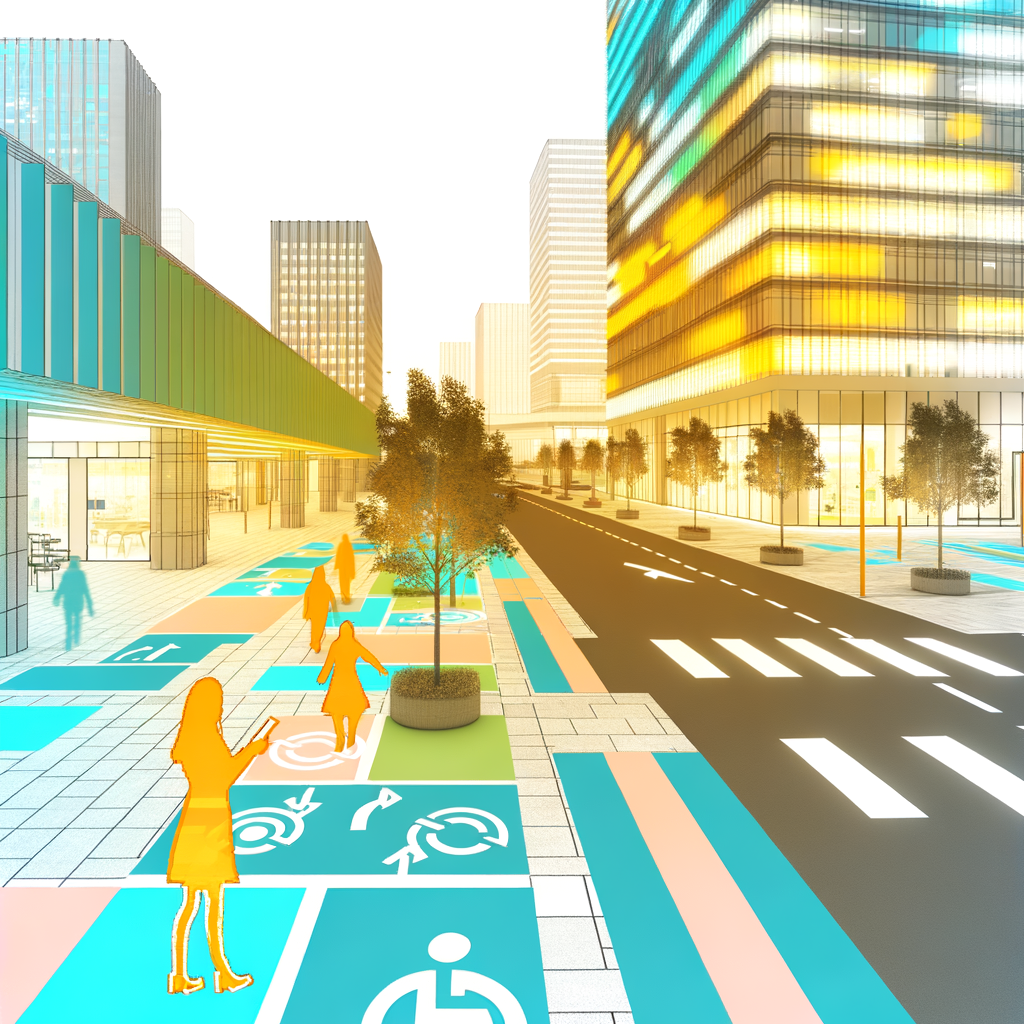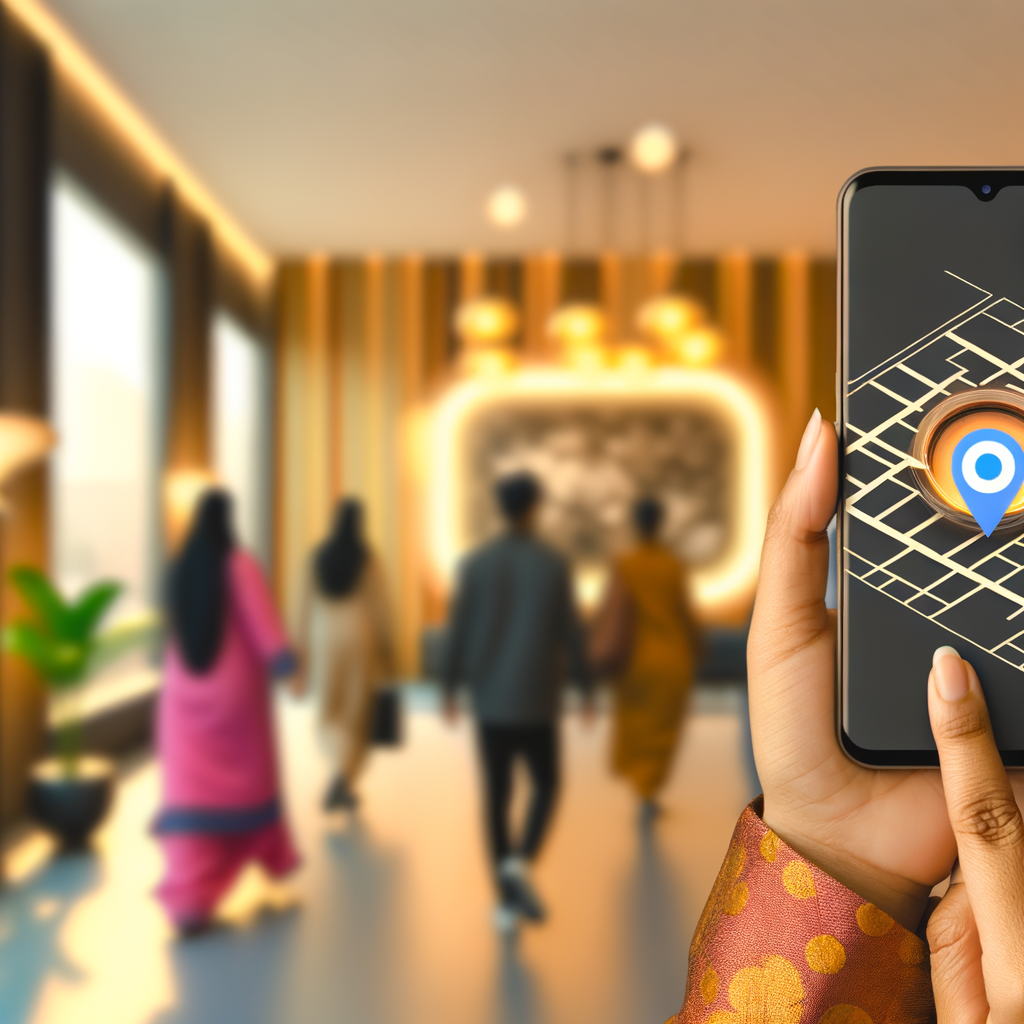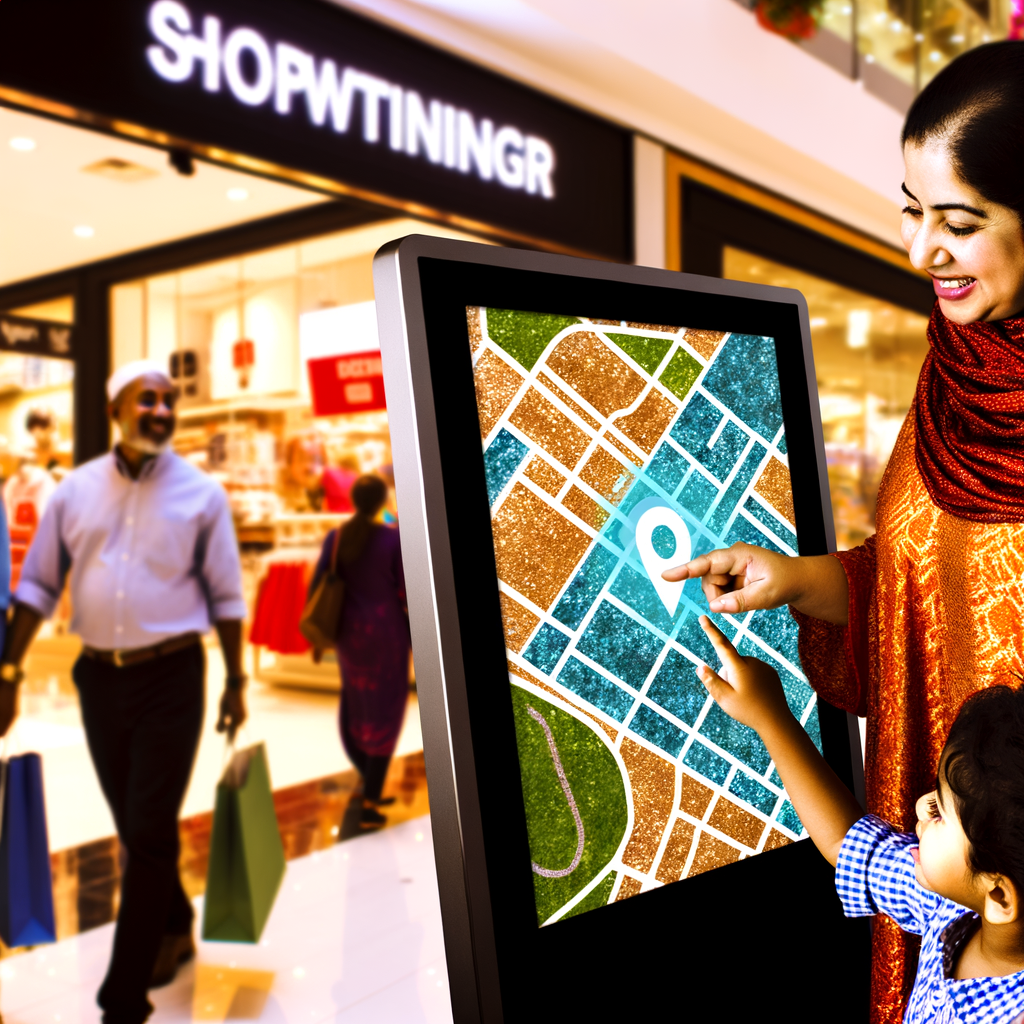Imagine this: a city where streets, plazas, shopping centers, and transit hubs seamlessly guide residents and visitors using the power of technology. This isn’t just a dream; it’s a vision that is quickly becoming reality. For eSignage and electronic kiosk companies, these developments are a gold mine of potential. Smart wayfinding relies heavily on digital interfaces. Your products won’t just display information; they’ll become interactive hubs that engage, inform, and even entertain. This transformation not only elevates your offerings but opens new markets and expands your usage scenarios.
As shopping plaza owners and mall managers, you’re probably all too familiar with the perennial issue of wayfinding within large, bustling environments. How many times have you seen frustrated visitors, map in hand, trying to locate a specific store or restroom? Smart wayfinding can redefine this experience. By integrating your facilities with digital and interactive signage, you not only improve navigation but also enhance the overall shopping experience. When visitors find their way effortlessly, there’s a direct impression that is cast: this is a place of convenience and customer-centric service. More satisfied visitors tend to stay longer and, unsurprisingly, shop more.
Now let’s delve into the operational side of things wherever you’re operating from. The promise of smart city technology includes the ability to collect and analyze vast amounts of data, ultimately streamlining operations. By deploying smart wayfinding solutions, you are positioned to gain insights into visitor flow, peak footfall times, and popular destinations within your facility. This data is not mere statistics; it represents a blueprint for more informed decision making. Imagine adjusting staffing levels based on real-time visitor influx or tailoring promotions to match visitor patterns—these are not just efficiencies; they’re game-changers in enhancing profitability.
But how does one effectively jump onto this bandwagon? Collaborations and partnerships are key. Imagine deploying kiosks that double up as charging stations or blending advertising content with wayfinding information. These aren’t just value additions; they offer a richer, more immersive experience for everyone involved. The ability to adapt as technology evolves is also paramount, considering developments in IoT, artificial intelligence, and augmented reality are likely to further enhance wayfinding technologies in the coming years.
The future of wayfinding in smart cities is an exciting frontier for you—our tech pioneers, retail space owner-investors, and mall management maestros. It’s a chance to redefine your roles from mere service providers to indispensable elements of the smart urban ecosystem. The beauty of this transformation lies in its benefits: streamlined operations, enhanced visitor satisfaction, and ultimately, a boost to your bottom line. As our cities become smarter, shouldn’t we jump at the chance to evolve along with them? For those ready to harness the potential of these intelligent systems, the promise of smarter, more navigable spaces is not just compelling; it’s essential.




